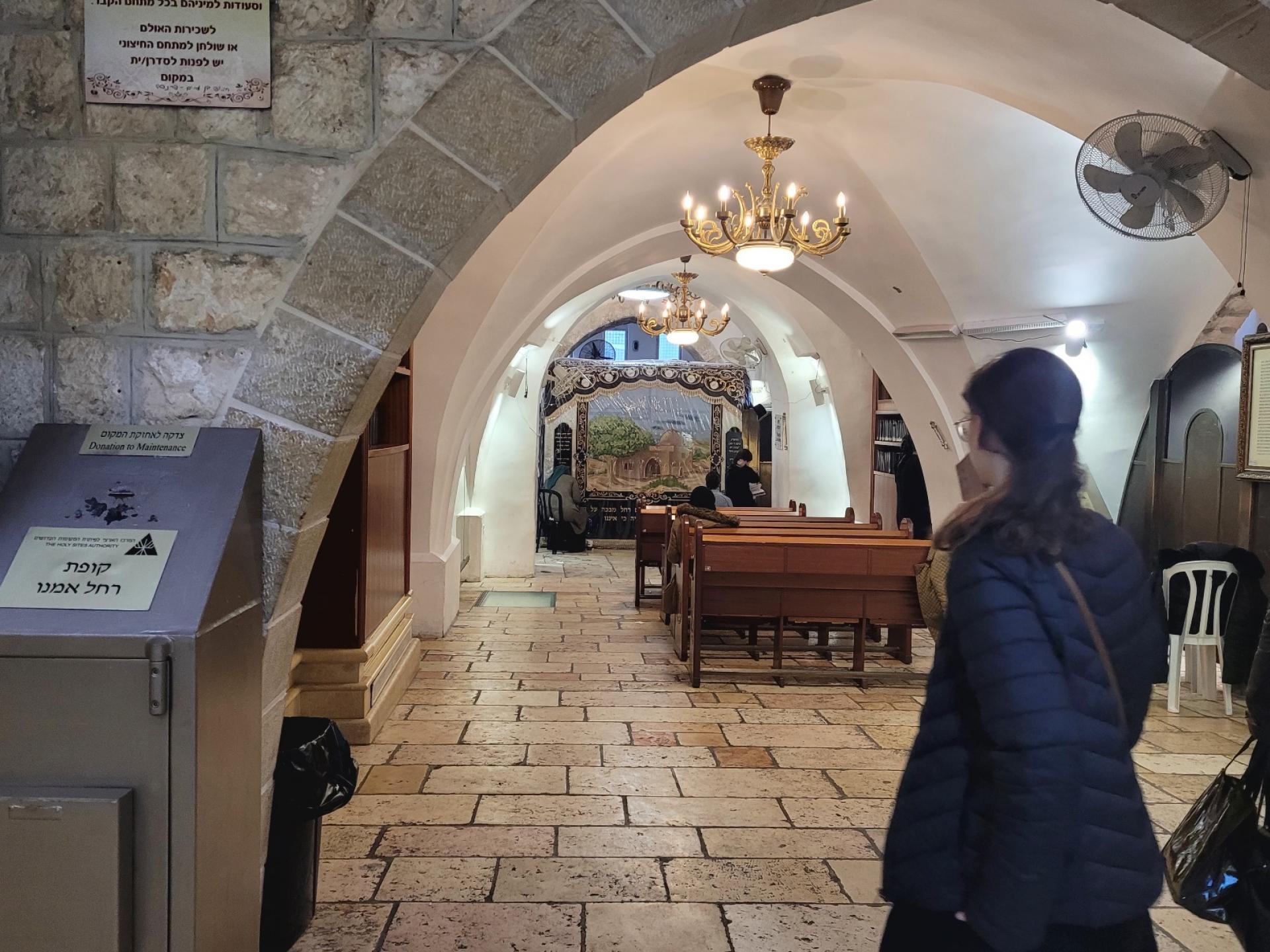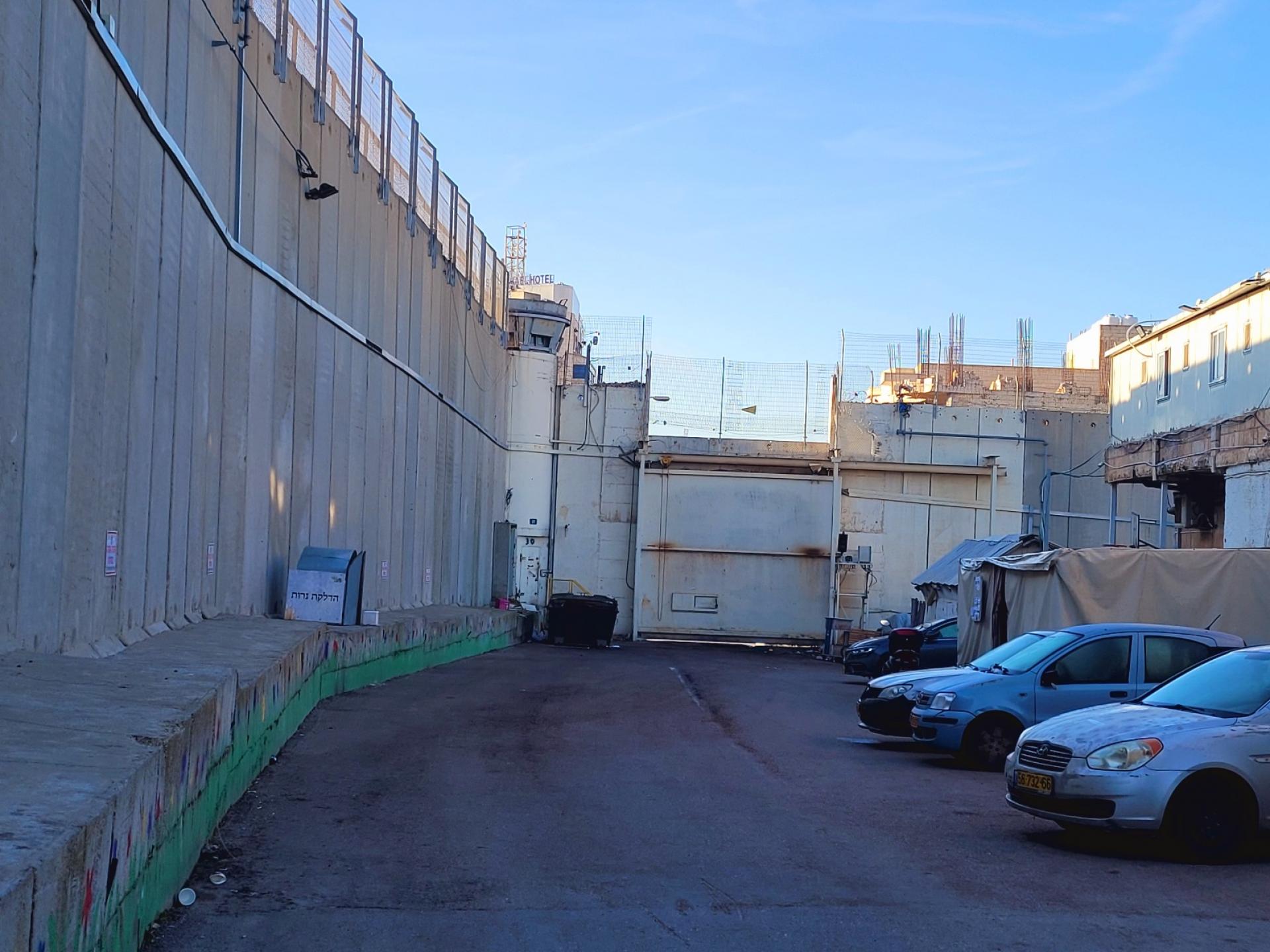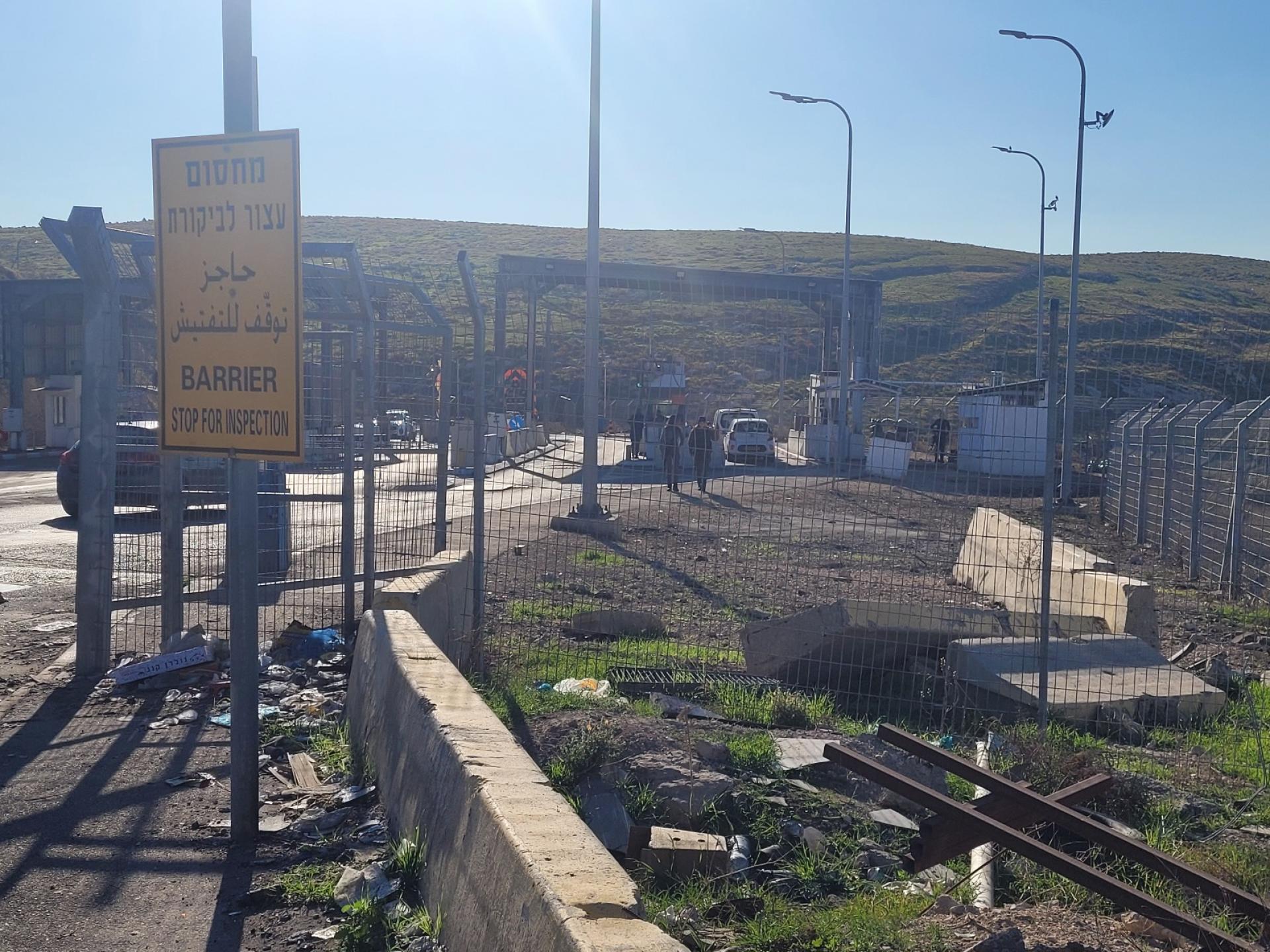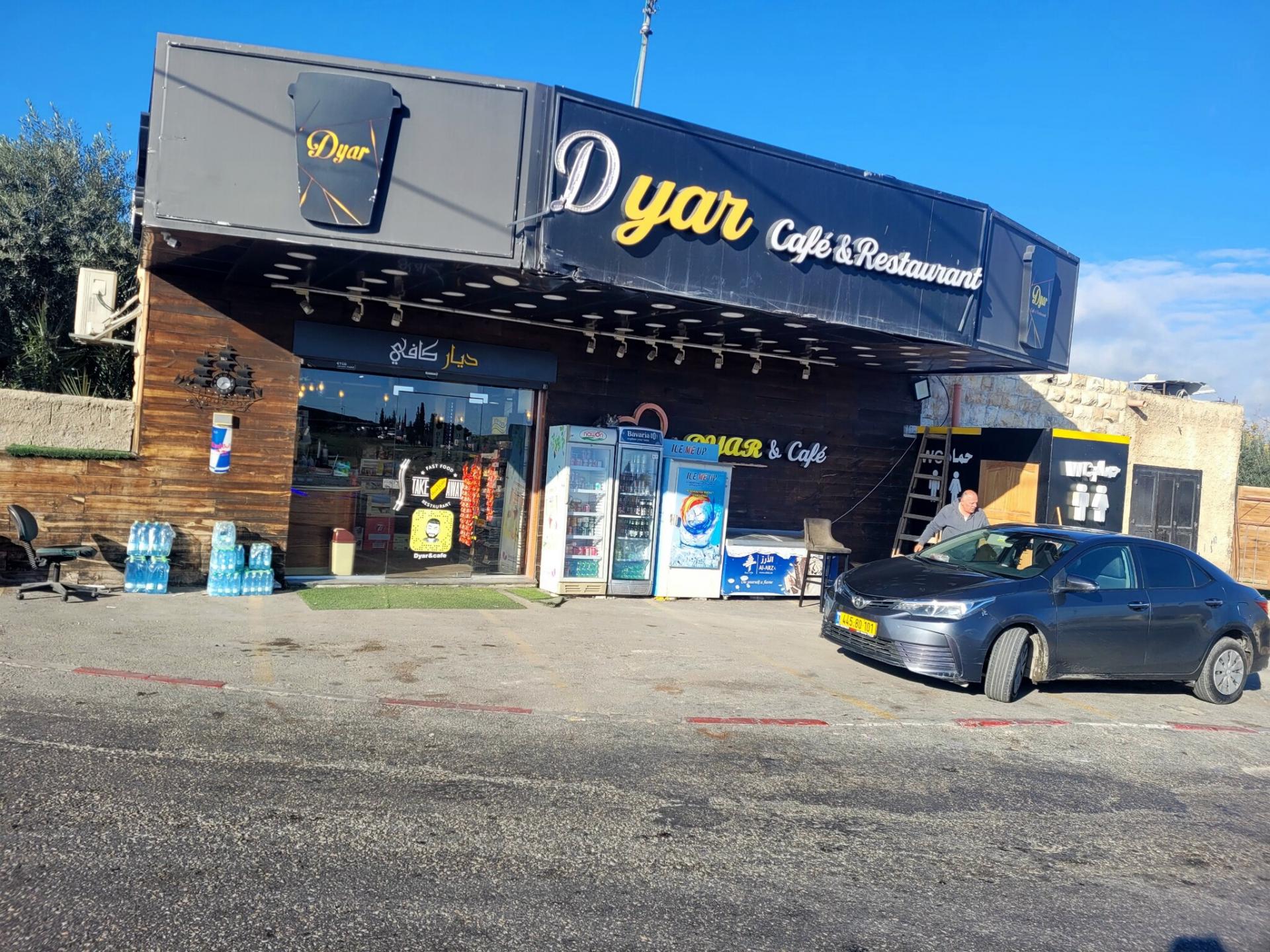A tour of southern Jerusalem in the shadow of the Black Sabbath massacre
03.01.24
Natanya Ginsburg (English), Anat Tueg (reporting and photographing) and Kamal, the driver
The morning after the assassination in Beirut of the international deputy leader of Hamas, Saleh al-‘Arouri. A general strike was announced in East Jerusalem. The checkpoints are empty, the streets are empty. Only food stores are open and some pharmacies. Depressing atmosphere. The instructions for crossing the checkpoints have not been changed since October 7th: there is no passage for Palestinian workers with identity cards or women. There is no passage for traders. We met some exceptions: church workers, a worker from Bethlehem at a retirement home.
The soldiers were friendly, but they talked about October 7th as proof that all Palestinians are dangerous and the occupation, while oppressing, is necessary. It seems that the generation of soldiers born into the occupation, does not know the history of the conflict, and does not imagine another situation - not two states and not a common life. So what? They do not think further.
7:15 Bethlehem checkpoint - the emptiness is amazing. One passage is open and two pass, three. The buses to Jerusalem are empty and not moving. The Bethlehem vehicle crossing is also closed. A female and a male soldier are in a good mood. We are also almost welcomed.
We popped in to see what was happening at the neighbours’ in Rachel's Tomb. Almost empty there too. Last week there were hijinks, but today even the women who ask Rachel for the fruit of the womb stayed at home.
The extensions of road 60 are not progressing - there are only a few heavy tools and a few workers.
Presence of soldiers and a blockage in the turn that Al-Khader had from road 375 (leading from road 60 Beitar Ilit and West). There are works beyond the barrier, and perhaps the intention is to create a new entrance to Palestinians from Husan . We didn't want to trouble our driver, so we didn't go down to ask.
Driving through Beit Jala to the Al Walaje checkpoint - remember there was a field school in Har Gilo?
By an act of settler magic, it has become a large settlement of two-story houses, sitting on the ridge and blocking the upper part of Al Walaje. But this time there is good news regarding the immediate demolitions announced before the war for 6 houses in the Lower Walaje - which is within the urban border of Jerusalem, but was surrounded by a separation wall. The hearing on the final petition was postponed in the meantime. This is good, because they are currently preparing an alternative master plan that will prevent the threats of demolition, the immediatey and those expected to occur in the future.
We did not enter Al Walaje itself; it is well taken care of by Ir Amim and Social Dharma associations.
But we drove through what was already supposed to be the new Walaje checkpoint, designed to prevent the residents of the Palestinian village getting to the historical Al Haniyeh spring (a place of recreation for the young men in times past). There is no one to do the work there either.
We drove to Wadi Nar (the container) via road 1 and Al Ezariya (this is a town adjacent to Abu Dis, area B, in front of the entrance above Maale Adumim). The road is long, with descents and a narrow and steep ascent at the end. There is a wide road leading from the entrance above Maale Adumim directly to the container barrier, but from it a side road forks to the southern Keidar settlement above Maale Adumim. The residents of Keidar pressed for a closure and all the Palestinians travelling from the central and northern West Bank to the south have to travel the long way.
and all the Palestinians travelling from the central and northern West Bank to the south have to travel the long way.
Contrary to what we expected - at the checkpoint itself the traffic to Jerusalem was not busy, nor did we see any cars being stopped. And basically, how will many Palestinians get here when there are blockades around the villages and the towns in the south of the West Bank?
Two female security guards at checkpoints approached us and we had a short and friendly conversation, in which it became clear, in their opinion, the massacre on October 7th is the most defining and central event of the 57 years of the Israeli occupation (also in the West Bank) and there is no end to it. The shop/café at the intersection above the checkpoint is empty and the shelves are quite empty. There are no passengers on the road - no livelihood - no money to buy groceries.
We drove back through Abu Dis on the Palestinian side of the separation wall. The streets are empty and only food stores are open. In the vicinity of Al Quds University, it is evident that there were riots and protests because overturned garbage cans were thrown on the road. The area is under Palestinian civilian control and Israeli army control.
חנות/בית הקפה בצומת מעל המחסום ריקה מאדם והמדפים ריקים למדי. אין נוסעים בדרך - אין פרנסה - אין כסף לקנות מצרכים.
חיילים בחזרה נסענו דרך אבו דיס בצד הפלסטיני של חומת ההפרדה. הרחובות ריקים ורק חנויות אוכל פתוחות. בסביבת אוניברסיטת אל קודס ניכר שהיו כאן מהומות ומחאות לפי פחי זבל הפוכים שהיו זרוקים על הכביש. האזור הוא בשליטה אזרחית פלסטינית ובשליטה צבאית ישראלית.




